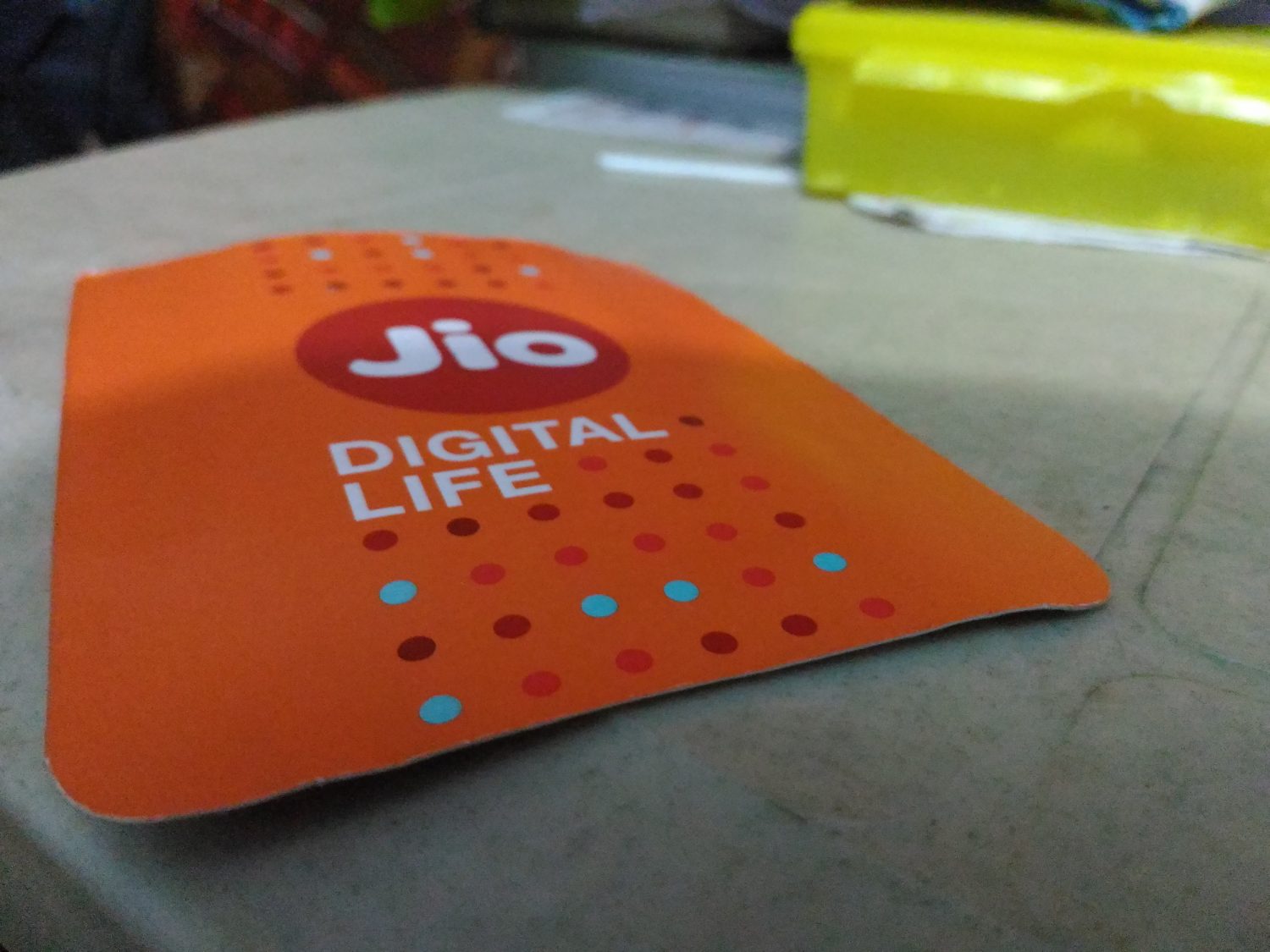Reliance Jio’s accelerated rollout of an indigenously developed ‘next generation’ 5G system offers to bring 5G sooner in India – and could also provide a cheaper 5G technology alternative to China
(AF) While Jio’s announcement of speeding up the rollout of digital platforms and an “indigenously developed” 5G system has stirred up hopes of faster and cheaper 5G services in India, experts say the real good news is, Jio’s home-grown 5G could truly catapult the country to the forefront of the global digital revolution.
Reliance Industries, run by India’s richest man Mukesh Ambani, said in its annual report published on Wednesday that its telecom subsidiary Jio is set to accelerate the rollout of digital platforms and an locally developed next-generation 5G stack.
The report said that Jio and US-based chipmaker Qualcomm Technologies have collaborated for local manufacturing of critical equipment to catalyse a 5G ecosystem in India, which promises to bring 5G sooner, as well as “making it affordable and available everywhere.”
Yet, according to experts, the significance of this feat is not that Jio is launching homegrown technology, but the fact that if Jio succeeds, its technology could revolutionise 5G globally.
“The key story is that Jio has developed a technology for the Indian context, and if that works it will lead to a whole new business case for a market that is completely unique. It is not necessary that the business model and technology that works all over the world will work in India as well,” Shiv Putcha, founder and principal analyst at Mandala Insights, an independent telecom analyst firm told Asia Financial.
Putcha said the telecom industry is one of the most standardised industries, where technologies do not work without conformance to the standards and 5G is just the latest example of this, where standards for core network, its transmission network – that connects to the base stations, and the radio access (RAN) part, have to operate in perfect synchronicity.
Unique network
But India’s 5G rollout is going to be unique because the country’s network is very different from what is seen globally due to lack of adequate fibre infrastructure in the urban areas, and sparsity of towers in the hinterland.
“The nature of Indian networks is such that the 5G network would require a lot of tweaks. So, if Jio can pull off its own 5G stack, it is going to be not only good for India – because India will get 5G sooner than expectations and cheaper. But for the open RAN (radio access network) movement as well, because Jio being a huge telco would bring a new momentum to open RAN, which currently works for very small-scale networks.”
“Open RAN” is the movement in wireless telecommunications to disaggregate hardware and software and to create open interfaces between them. Industry sources say, given the huge cost of rolling out 5G, open RAN plays an important role in bringing the industry together for creating a more software-based, virtualized, flexible, intelligent and energy-efficient network.
In simple terms then, an open environment means an expanded ecosystem, with more vendors providing the building blocks.
Open RAN also provides scope for more innovation and more options for the operators, newer services and notably, more market competition and customer choice, lower equipment costs, improved network performance – in effect, much cheaper telecom services.
The annual report said, Jio has already developed an end-to-end 5G stack, including 5G radio and core network solutions, which has sufficient network capacity for the next 300 million mobile broadband subscribers, over 50 million fibre homes and 50 million micro, small and medium businesses.
“Jio is geared up to touch the lives of over a billion Indians through its digital offerings,” the report said.
A ‘trusted’ alternative?
That aside, Jio’s 5G could also be an answer to a growing call worldwide for homegrown telecom networks, following a reluctance to use Chinese products, due the suspicion that Chinese vendors, such as Huawei and ZTE deploy backdoors in their equipment to snoop on data on behalf of their government.
The US, UK and Australia have already banned Chinese products in their network gear, and while India has not yet officially banned Chinese gear, it has practically excluded them from all future rollouts.
In March, for instance, in a move believed to be the first step towards keeping Chinese equipment makers out of India’s future telecom rollouts, India amended telecom licensing norms and made it mandatory for operators to procure gear only from “trusted” vendors.
In the amendment to the Unified Access Services License Agreement (UASL) for procurement of telecom equipment that will apply from June 15, India said telecom operators will need permission from the National Cyber Security Coordinator (NCSC) for upgrading of existing networks, and utilising the telecom equipment not designated as trusted products.
Experts say the target of the amendment was clear – the Chinese telecom gear suppliers – since the amendments come as part of the backlash and geopolitical tension between Delhi and Beijing after deadly border clashes last year.
In May, India also released a list of original equipment manufacturers and technology providers that local telcos are allowed to start 5G trials with, which included only Ericsson, Nokia, Samsung and C-DOT – and no Chinese equipment vendors.
All set to go
Jio said it has already completed testing of its 5G radio and core solution, which will now enable a self-sufficient and cost-effective rollout.
“With 5G technology, Indian subscribers will experience the benefits of higher data rates, low latency communications and enhanced digital experiences across a wide array of connected devices, from 5G-enabled smartphones, enterprise laptops and AR/VR products to vertical IoT solutions,” the report said.
The upstart telco also claimed that it and Qualcomm, along with its wholly-owned subsidiary Radisys Corporation, have developed an open and interoperable interface-compliant architecture-based 5G solution with a virtualised RAN (vRAN), which will accelerate the development and rollout of local 5G network infrastructure and services in India.
“The 5G RAN platform has crossed the 1 Gbps milestone on the Jio 5G core network and 5G smartphones,” the report said, adding that the feat not only underlines Jio’s 5G credentials but also signifies the entry of Jio and India into the gigabit 5G NR product portfolio.
According to Jio, up until now it has been granted 371 patents across multiple jurisdictions. Among the key technology areas covered by the patents are Quantum Blockchain Network Technology, Deep Learning Applications in Health and Agriculture, and AI Industrial IoT Automation.
Also on ATF:
India joins global undersea cable race with Reliance Jio’s help
China on mind, India amends sourcing norms to ring-fence telecom
























